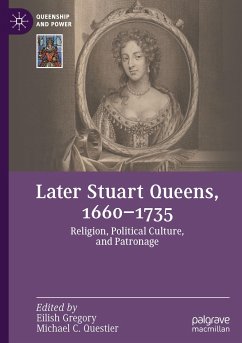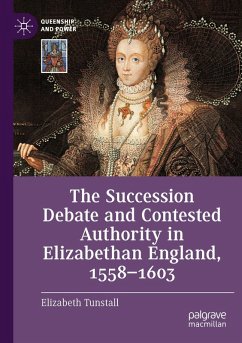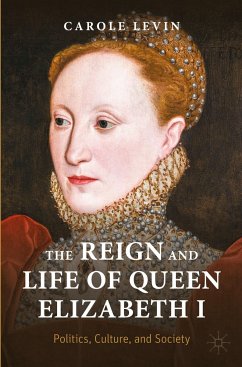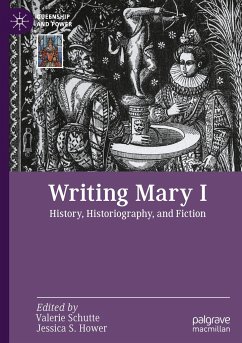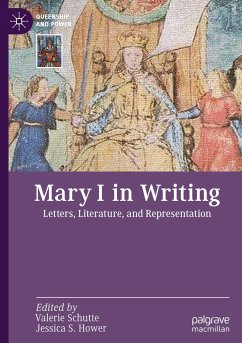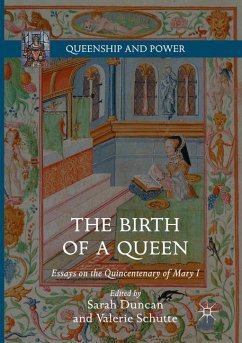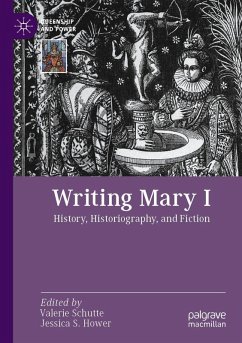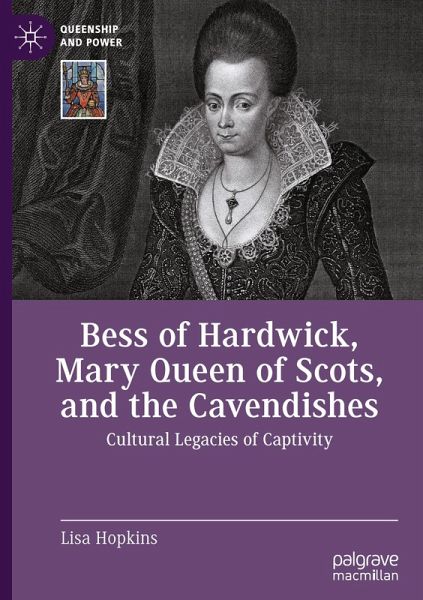
Bess of Hardwick, Mary Queen of Scots, and the Cavendishes
Cultural Legacies of Captivity

PAYBACK Punkte
52 °P sammeln!
This book examines the cultural legacies of the fifteen years that Mary Queen of Scots spent as a prisoner in the household of Bess of Hardwick and her fourth husband, the Earl of Shrewsbury. It proposes four main areas of influence: first, that although Mary never visited Hardwick New Hall, the experience of keeping Mary captive affected the way that Bess conceived and furnished the house; second, that Mary s insistence on having copious meals ceremonially served to her can be traced in the recipe and remedy books of two of Bess s granddaughters; third, that Mary s status as royal prisoner is...
This book examines the cultural legacies of the fifteen years that Mary Queen of Scots spent as a prisoner in the household of Bess of Hardwick and her fourth husband, the Earl of Shrewsbury. It proposes four main areas of influence: first, that although Mary never visited Hardwick New Hall, the experience of keeping Mary captive affected the way that Bess conceived and furnished the house; second, that Mary s insistence on having copious meals ceremonially served to her can be traced in the recipe and remedy books of two of Bess s granddaughters; third, that Mary s status as royal prisoner is echoed in the life of a third granddaughter, Lady Arbella Stuart; and fourth, that the necessity of defending Cavendish-Talbot residences from attack informed the way that Bess s son Charles Cavendish built Bolsover Castle and coloured the way that two of Bess s great-granddaughters described their experiences during the English Civil War in a jointly authored play.



